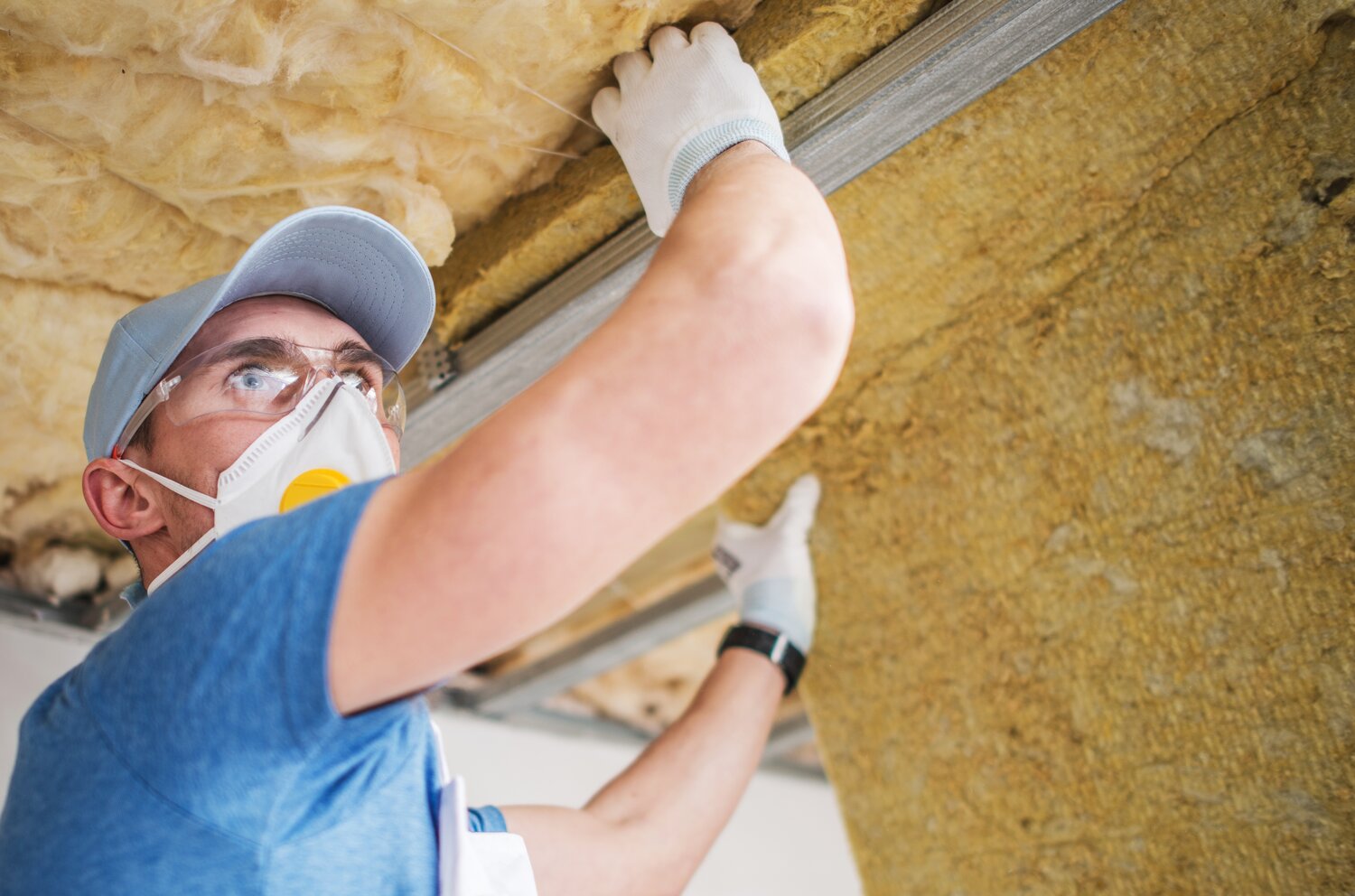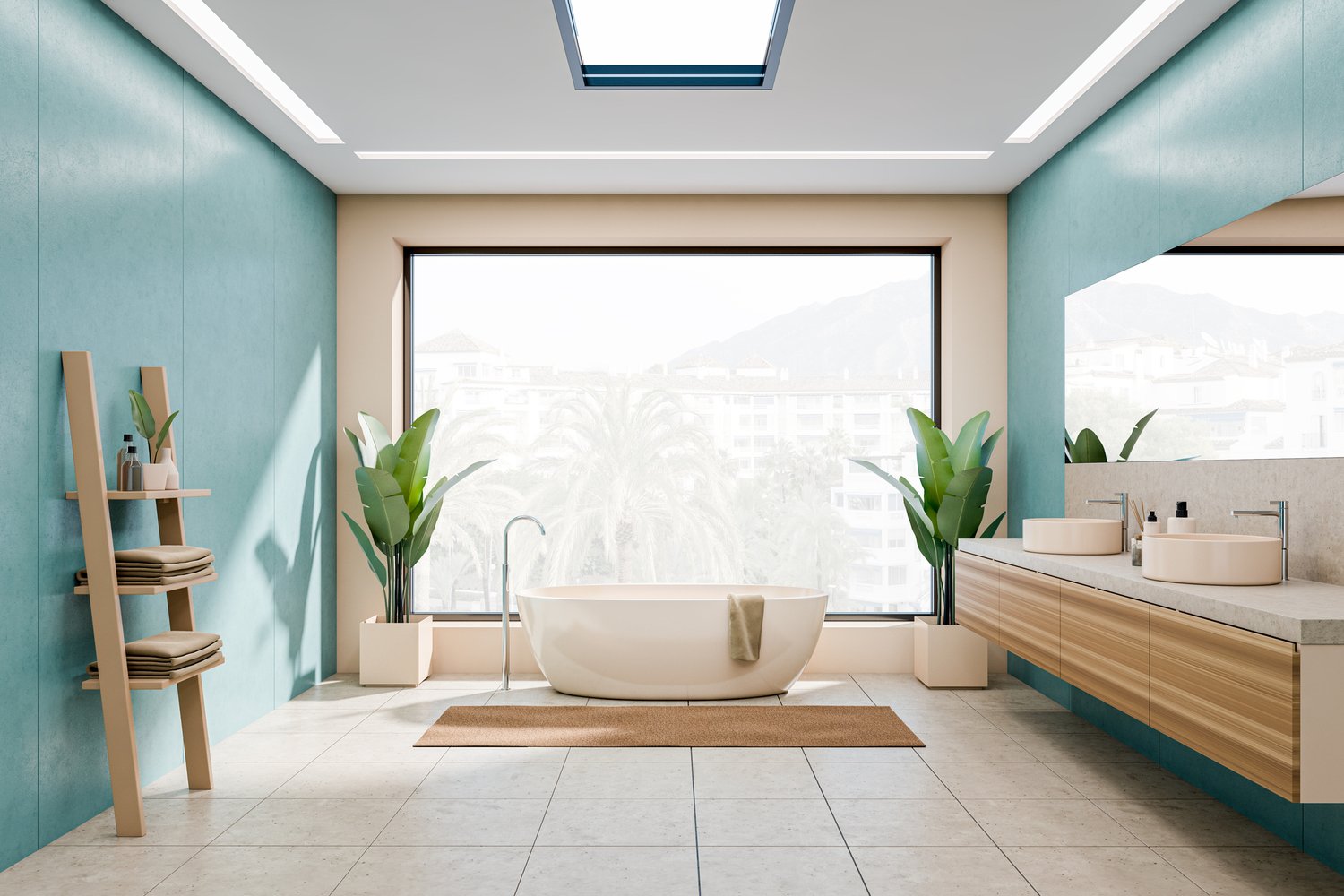Your home’s heating and cooling system works hard to maintain comfortable temperatures, but without proper insulation, much of that effort—and your money—could literally be going through the roof. Insulation serves as the critical barrier that keeps conditioned air inside your home while preventing outside temperatures from infiltrating your living spaces. This partnership between insulation and HVAC systems is fundamental to energy efficiency, comfort, and cost savings. In this article, we’ll explore how insulation impacts HVAC performance and delivers meaningful energy savings for homeowners.
Understanding the Insulation-HVAC Relationship
The relationship between insulation and HVAC performance is symbiotic. Your heating and cooling equipment generates conditioned air, while insulation preserves it. Without adequate insulation, even the most efficient HVAC system will struggle to maintain comfortable temperatures, leading to longer run times, higher energy consumption, and premature system wear. Homes with poor insulation often experience temperature fluctuations, cold spots, and uncomfortable drafts that prompt homeowners to adjust their thermostats frequently.
Insulation works by slowing the transfer of heat through conduction. During winter, it prevents indoor heat from escaping to colder exterior environments. In summer, it blocks outdoor heat from infiltrating your cooled interior spaces. This thermal barrier is measured by R-value, which indicates resistance to heat flow—the higher the R-value, the greater the insulating effectiveness. According to energy experts at AskHomey, proper insulation can reduce heating and cooling costs by up to 20 percent in most homes.
Attic Insulation Benefits: Your First Line of Defense
Among all areas requiring insulation, the attic typically offers the greatest return on investment. Attic insulation benefits are numerous because heat naturally rises, making your ceiling the primary escape route for heated air in winter. In summer, attics can reach temperatures exceeding 150°F, creating a massive heat reservoir that radiates downward into living spaces.
Properly insulating your attic to recommended R-values (typically R-38 to R-60, depending on your climate zone) creates a thermal shield that dramatically improves HVAC efficiency. An adequately insulated attic reduces the temperature differential your heating and cooling system must overcome, allowing it to maintain desired temperatures with less effort and energy. Homeowners often report that rooms on upper floors become noticeably more comfortable after attic insulation improvements.
Wall and Floor Insulation: Completing the Thermal Envelope
While attic insulation often receives the most attention, a truly efficient home requires a complete thermal envelope. Wall insulation prevents lateral heat transfer between your home and the outdoors, while floor insulation over crawl spaces or unheated basements prevents heat loss through the floor structure.
Modern insulation materials offer solutions for virtually any application. Fiberglass batts and blown-in cellulose remain popular for accessible areas, while spray foam excels at sealing irregular cavities and creating air barriers simultaneously. For existing homes with finished walls, blown-in insulation can be added through small access holes that are later patched, providing energy savings insulation benefits without major renovation.
Insulation and Indoor Air Quality
Beyond energy efficiency, the insulation-HVAC relationship affects indoor air quality. Properly installed insulation, especially when paired with appropriate air sealing, reduces uncontrolled air infiltration that can bring pollutants, allergens, and humidity into your home. This allows your HVAC system’s filtration and humidity control features to work more effectively.
However, it’s important to maintain proper ventilation even in a well-insulated home. Modern building science emphasizes the “build tight, ventilate right” approach, combining thorough insulation with controlled ventilation systems that maintain healthy air exchange without compromising energy efficiency.
Financial Returns on Insulation Investments
The economics of insulation improvements make them one of the most attractive home upgrades. Enhanced home comfort insulation typically delivers returns through reduced utility bills, extended HVAC equipment life, and potentially increased property value. Most insulation projects pay for themselves within 2-5 years through energy savings alone.
Additionally, many utility companies and government programs offer rebates or incentives for insulation improvements, further enhancing the cost-benefit equation. When combined with the non-financial benefits of improved comfort and reduced environmental impact, insulation quickly proves itself as an essential investment rather than an optional expense.
Seasonal Considerations for Insulation Performance
Insulation HVAC performance benefits vary seasonally but remain important year-round. In winter, insulation prevents heat from escaping, allowing your heating system to maintain comfortable temperatures without constant operation. During summer, it blocks solar heat gain, reducing cooling loads during peak demand periods when electricity costs are often highest.
The consistency that proper insulation provides also prevents the temperature swings that cause HVAC systems to cycle on and off frequently—a behavior that increases energy consumption and accelerates wear on system components. By maintaining more stable indoor temperatures, insulation promotes both comfort and equipment longevity.
Taking Action on Insulation Improvements
If you suspect your home could benefit from insulation improvements, consider starting with an energy audit. Professional assessments can identify specific areas where insulation is lacking and quantify potential energy savings. Many homeowners are surprised to learn that even newer homes may have insulation deficiencies in critical areas.
Whether you’re building new, renovating, or simply looking to improve your home’s efficiency, prioritizing insulation is a smart strategy for optimizing HVAC performance and controlling energy costs. The synergy between quality insulation and efficient heating and cooling equipment creates a comfortable, economical home environment that benefits both your family and the planet.
For more tips and to connect with reliable home service professionals, follow AskHomey on Facebook and Instagram.



